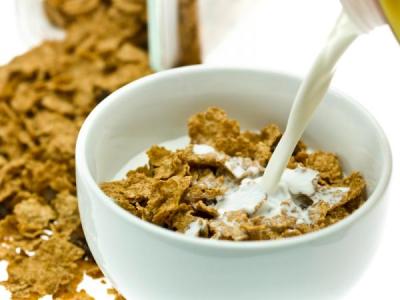A strong cup of joe (or two) can be a trusty get-through-this-crazy-day helper—but there may be more than coffee beans and a jolt of caffeine hiding in your cup. “Fillers” like wheat, soy beans, barley, rye, acai seeds, brown sugar, corn, and even sticks are often present in coffee grounds, according to new research presented this week at the 248th National Meeting & Exposition of the American Chemical Society.
Why are these extras ending up in your cup? Since things like drought and plant disease have decreased coffee output, these unnatural additions can be used to help the coffee go further—and boost waning profits for the companies that make it.
While these fillers are largely harmless, there is potentially cause for concern. “Wheat and soy beans are two of the major food allergens listed by the FDA,” says Joan Salge Blake, M.S., R.S., a clinical associate professor of nutrition at Boston University. The thing is, it’s not like you’re going to see a wayward stick floating in your mug; it’s all ground up together, so it can be hard to tell if you’re getting straight coffee bean or a few unwelcome extras.
Thankfully, science is on the case. Brazilian researchers are working on a process to evaluate the makeup of coffee and determine whether it’s counterfeit before it reaches consumers. They have a vested interest in this field of research since Brazil is a top coffee-producing country, making 55 million bags of it per year. (The 2014 projection stands at 45 million, which is about 42 billion fewer cups.)
The researchers hope to use liquid chromatography, a powerful process that identifies the different elements of a liquid, to suss out how many fillers are in coffee. Based on the prevalence of impurities, scientists will have a better idea whether they’re dealing with small amounts that occur in nature and slipped through the sorting process—or large amounts that were purposely introduced to add to the bottom line.
“With our test, it is now possible to know with 95 percent accuracy if coffee is pure or has been tampered with,” Suzana Lucy Nixdorf, Ph.D., lead researcher at University of Londrina in Brazil, said in a statement.
So, what to do until the test is perfected? “Unless you’re very allergic to one of the fillers, there isn’t too much cause to worry,” says Salge Blake. If you are allergic, you may want to steer clear of coffee until researchers have more information to report. And if you’re not allergic but are still concerned about fillers, it stands to reason that you’d be better off buying whole coffee beans and grinding them yourself (either at the grocery store or at home) since you’ll avoid the potential for anything extra being mixed in without your knowing about it.
Source: women’s health





 Do some bedtime snacks help you sleep better? Perhaps not.
Do some bedtime snacks help you sleep better? Perhaps not.
